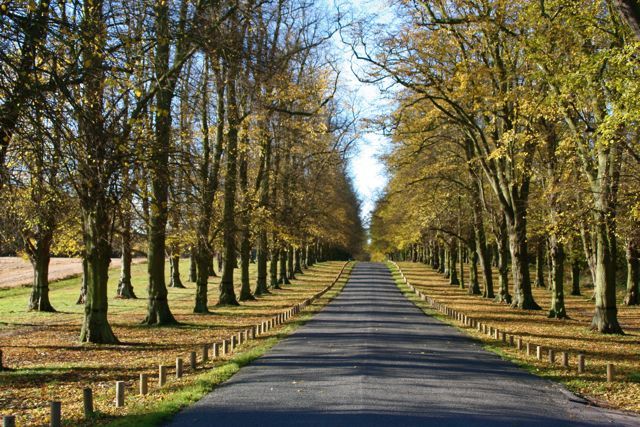
The National Trust has withdrawn its legal opposition to seismic surveying by Ineos at Clumber Park, but has vowed to fight to protect the site from fracking.
Energy firm Ineos won the right earlier this year to pursue a High Court action to gain access to the Grade I-registered landscape in Nottinghamshire for surveying, as part of efforts to assess the area for shale gas.
The National Trust said it has taken the decision, after “extensive legal efforts and carefully considering all the evidence available”, not to legally oppose the seismic surveys.
But the trust urged Ineos to provide assurances it will not damage the “special place”, and warned it remained completely opposed to fracking at Clumber Park.
The charity said the case showed how difficult it was to protect sites of special significance from applications by oil and gas companies hoping to search for shale gas.
Andy Beer, National Trust’s director of the Midlands, said: “Our position has not changed: we oppose fracking at Clumber Park.
“Despite our best efforts to explain why Clumber Park is so sensitive and such an inappropriate site, Ineos is intent on pursuing access to survey at the site.
“We think it is wrong that we, or any other landowner, should be compelled to admit surveys at a place as special and loved as this.
“Let me be clear though: Clumber Park comes first. And, as such, we have demanded that Ineos provides assurances that these surveys will not damage this special place, which is our main priority.”
He said the surveys must “absolutely minimise” the risks of damaging wildlife and habitats or the opportunity for hundreds of thousands of people to enjoy Clumber Park.
“It is important at this stage to make the distinction between carrying out seismic surveys to search for shale gas on the one hand, and fracking itself.
“We are still completely opposed to fracking at Clumber Park and will fight tooth and nail to protect the area.”
Large parts of the landscape, carved out of the ancient forest of Sherwood, are designated as a site of special scientific interest (SSSI) and a Grade I-registered park and garden.
The site has 600,000 visitors every year, and it is home to rare wildlife such as cuckoos, lesser spotted woodpeckers, marsh tits, yellow hammer and lesser redpoll, the National Trust said.